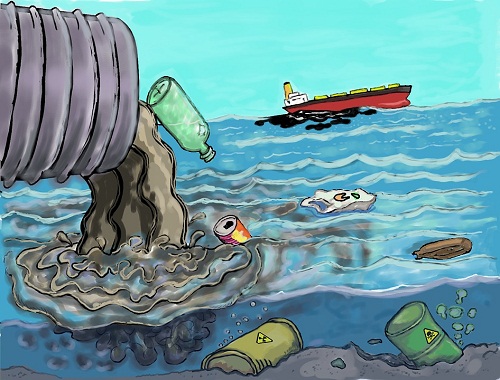Researchers have unearthed 174-year-old fossils of a long-neck, plant-eating dinosaur in northwestern China’s Lingwu region. According to scientists, this dinosaur was a neosauropod—a member of the sauropods group of dinosaurs that were characterized by long necks and tails, small heads, and pillar-like legs. This latest discovery has forced researchers to rethink the history of long-necked dinosaurs.
Researchers have named this dinosaur as Lingwulong shenqi—“Lingwu” standing for the region where the fossils were discovered, “long” means dragon in Mandarin language, and “shenqi” means amazing.
According to researchers, fossils of sauropods have already been discovered in different parts of the world earlier, but several subgroups were restricted to certain regions of the world due to fragmentation of the ancient continent Pangea. This was also the case for neosauropods subgroup. This discovery has also pushed back the appearance of advanced sauropods by 15 million years. Sauropods had a lineage that later included Brontosaurus, Diplodocus and gargantuan creatures like Patagotitan, Argentinosaurus, and Dreadnoughtus.
The team first started excavation work in 2005 at four sites across northwest China, and were able to discover 7 to 10 partial skeletons of neosauropod dinosaurs. Experts believe these dinosaurs were about 35 to 55 feet long from head to tail, and were not very fast in moving from one place to another.
New 'Amazing Dragon' Dinosaur Species Discovered in China https://t.co/OCcDThm9lu via @gizmodo
— Morgan Fairchild (@morgfair) July 25, 2018
Paleontologist Xing Xu of the Chinese Academy of Sciences, the lead researcher, revealed that the largest of these skeletons was about 57 feet in length.
“Not only is it the oldest member [of this group], but it’s the first ever from Asia,” study author Philip Mannion told the BBC.
“For a long time it was thought that neosauropods didn’t get into Asia during the Jurassic.”
“This suggests that firstly, [neosauropods] got in before any kind of barrier came up, but increasingly the geological evidence suggests maybe this barrier was quite ephemeral,” he added.
Paul Upchurch, study co-author from University College London, told Reuters: “Previously, we thought all of these advanced sauropods originated around 160 million years ago and rapidly diversified and spread across the planet in a time window perhaps as short as 5 million years.”
Researchers now hope to unearth some more fossils to support their work.
The detailed findings of the study were published in journal Nature Communications.


